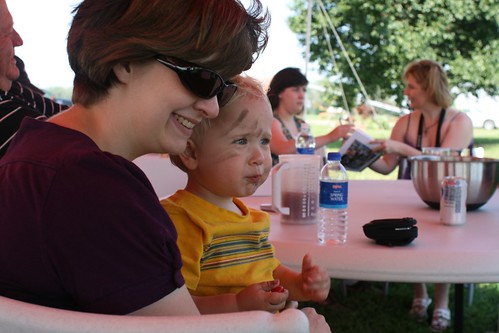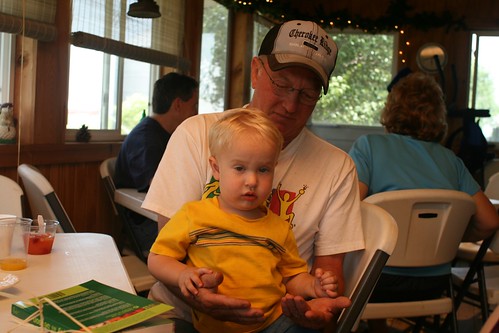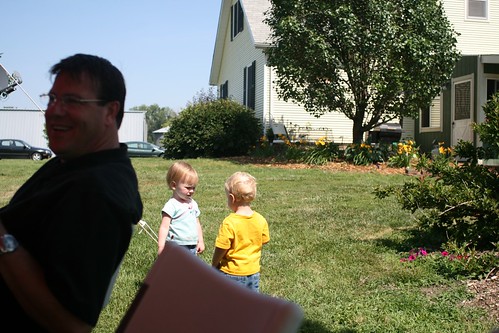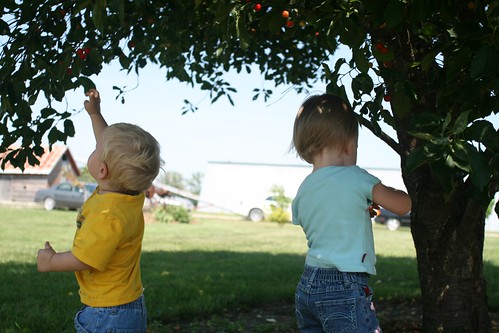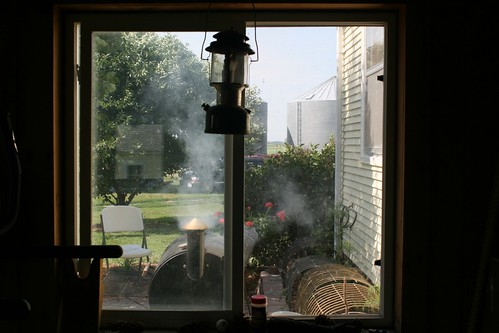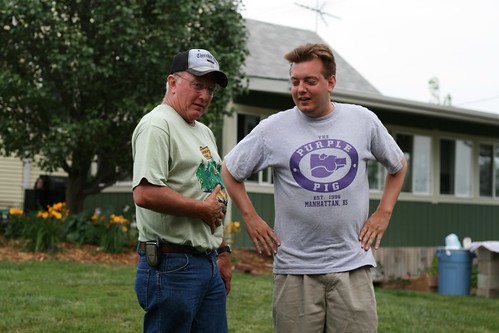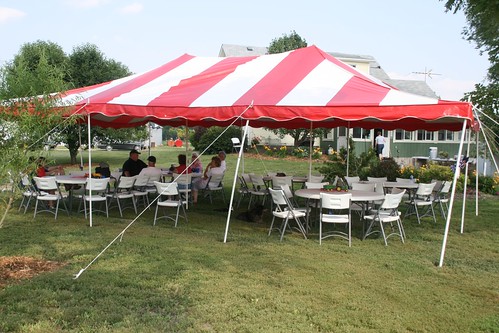John Goerzen: Music Playing: Both Whole-House and Mobile
It s been nearly 8 years since I last made choices about music playing. At the time, I picked Logitech Media Server (LMS, aka Slimserver and Squeezebox server) for whole-house audio and Ampache with the DSub Android app.
It s time to revisit that approach. Here are the things I m looking for:
- Whole-house audio: a single control point for all the speakers in the house, which are all connected to some form of Linux (Raspberry Pi or x86). The speakers should be reasonably in sync with each other, and the control point should be able to adjust volume on them centrally. I should be able to play albums, playlists, etc. on them, and skip tracks or seek within a track.
- The ability to stream to an Android mobile device, ideally with downloading capabilities for offline use.
- If multiple solutions are used, playlist syncing between them.
- Ideally, bookmark support to resume playing a long track where it was left off.
- Ideally, podcast support.
- Logitech Media Server, which serves the music library for whole-house synchronized audio
- Squeezelite is the LMS client running on my Raspberry Pi and x86 systems
- Squeezer is a nice Android client for LMS to control playback, adjust volume, etc. It doesn t do any playback on the Android device, of course.
- Ampache provides the server for streaming clients, both browser-based and mobile
- DSub (F-Droid, Play Store) is a nice Android client for Ampache providing streaming and offline playback
- Jellyfin is a media player. It supports not just music, but also video (in fact, the emphasis is more on video). Notably it supports controlling various devices. Its normal frontend is a web browser; Jellyfin s server won t output audio to a device itself.
- Mopidy is a media player with a web interface that does output audio to a local device. In normal use, it displays an interface to your music, letting you select, queue up, etc.
- Mopidy-Jellyfin (docs) is a plugin for Mopidy that enables two things: 1) Browsing the Jellyfin library within Mopidy, and 2) controlling Mopidy from within Jellyfin. Mode 1 barely works, but mode 2 works perfectly. Within Jellyfin, I can cast to Mopidy and queue up things, seek, skip tracks, etc.
- Snapcast is a generic solution to take audio from some sort of source and distribute it throughout the house, syncing each device (and with better syncing than LMS, too!). The source can be just about anything, and the docs include an example of how to set it up with Mopidy.
- Mopidy has selectable web interfaces, and the Mopidy-Muse interface has the added benefit of having integrated Snapcast control. (Mopidy-Iris does as well, though it wasn t documented there.) Within it, I can adjust volume on devices, mute devices, etc. I could also use the Snapcast web interface for this purpose.
- The default Jellyfin Android app lets me stream media to the mobile device, as well as control the Mopidy player.
- Finamp (F-Droid, Play Store) is a very nice Android Jellyfin music playing client, which notably supports downloads for offline playing, a feature the stock app lacks.
- The Snapcast Android app (F-Droid, Play Store) isn t strictly necessary, since the Snapcast web app is so simple to use. But it provides near-instant control of speakers and volumes.

 A huge release, the combined 0.9.9 and 0.9.10 releases (I made a mistake releasing) are now tagged and pushed to pypi. It features a number of enhancements and fixes, and is just an absolute thrill to play with.
Thanks to the contributors this cycle:
A huge release, the combined 0.9.9 and 0.9.10 releases (I made a mistake releasing) are now tagged and pushed to pypi. It features a number of enhancements and fixes, and is just an absolute thrill to play with.
Thanks to the contributors this cycle:

 I mentioned this briefly yesterday, but now I'll try to summarize the
story of a great surprise and a big moment for me.
I mentioned this briefly yesterday, but now I'll try to summarize the
story of a great surprise and a big moment for me.
 Peter Cox on model complexity
Peter Cox on model complexity
 About two weeks ago I got a
About two weeks ago I got a 



 The annoucement below went out to
The annoucement below went out to  I know I wrote about Android already today, but there is another thing that concerns me right now. I am owner of an Android-based phone (an HTC Dream) and recently switched my mobile network provider. The problem is that my new provider is a
I know I wrote about Android already today, but there is another thing that concerns me right now. I am owner of an Android-based phone (an HTC Dream) and recently switched my mobile network provider. The problem is that my new provider is a  Thousands of the worlds brightest, most handsome, and fragrant-smelling developers gathered in Bryant Square Park, New York City, for PreventaConf 2008
Thousands of the worlds brightest, most handsome, and fragrant-smelling developers gathered in Bryant Square Park, New York City, for PreventaConf 2008
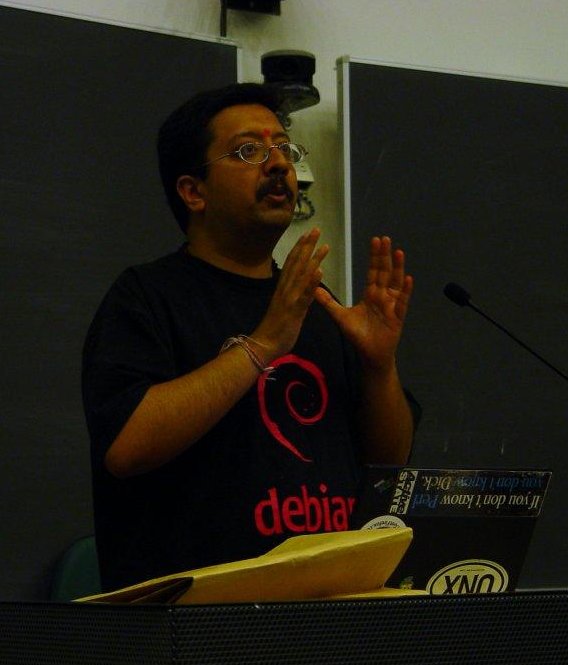 Project founder Jaldhar H. Vyas gave a stirring keynote covering such interesting and informative topics such as "Is Preventa just a big joke or are you really working on it?" The audience were shocked to learn that he actually is.
Project founder Jaldhar H. Vyas gave a stirring keynote covering such interesting and informative topics such as "Is Preventa just a big joke or are you really working on it?" The audience were shocked to learn that he actually is.




